Over the past week, shares of natural gas engine designer Westport Innovations's (NASDAQ: WPRT ) have jumped by more than 20%. This small, forward-thinking company is known to be a very volatile stock: It's still in high-growth mode and hasn't yet turned a profit, so the stock price is based more on expectations and emotions than earnings. The company's future depends on more widespread adoption of the engines it designs and builds critical components and systems for, most of which are powered primarily by natural gas, a cleaner, cheaper substitute for gasoline or diesel. So what happened over the past week that got investors so bullish on Westport Innovation's future?
One critical factor behind Westport's rising stock price has been the depressed price of natural gas. The single most important advantage Westport has is the dramatic price difference between gasoline or diesel and natural gas, making it much more economic to fuel your vehicle with natural gas. While a natural gas engine can add $40,000 or more to the sticker price of a new Class 8 truck, Westport customers have been finding that the fuel savings pay for the up-front investment in as little as 14 months. The cheaper natural gas is compared to diesel, the more attractive Westport's value proposition becomes. So when the U.S. Energy Information Administration announced Thursday that natural gas inventories grew 8% faster than expected, natural gas prices tumbled by 4%. That continues a trend of expanding supply and lower prices that just keeps making Westport's engines more attractive.
Best Energy Companies To Watch For 2014: National-Oilwell Inc.(NOV)
National Oilwell Varco, Inc. designs, constructs, manufactures, and sells systems, components, and products used in oil and gas drilling and production; provides oilfield services and supplies; and distributes products, and provides supply chain integration services to the upstream oil and gas industry worldwide. Its Rig Technology segment offers offshore and onshore drilling rigs; derricks; pipe lifting, racking, rotating, and assembly systems; rig instrumentation systems; coiled tubing equipment and pressure pumping units; well workover rigs; wireline winches; wireline trucks; cranes; and turret mooring systems and other products for floating production, storage and offloading vessels, and other offshore vessels and terminals. The company?s Petroleum Services & Supplies segment provides various consumable goods and services to drill, complete, remediate, and workover oil and gas wells and service pipelines, flowlines, and other oilfield tubular goods. It also manufacture s, rents, and sells products and equipment for drilling operations, including drill pipe, wired drill pipe, transfer pumps, solids control systems, drilling motors, drilling fluids, drill bits, reamers and other downhole tools, and mud pump consumables. In addition, this segment provides oilfield tubular services comprising the provision of inspection and internal coating services; equipment for drill pipe, line pipe, tubing, casing, and pipelines; and coiled tubing pipes and composite pipes. Its Distribution Services segment sells maintenance, repair and operating supplies, and spare parts to drill site and production locations. The company primarily serves drilling contractors, shipyards and other rig fabricators, well servicing companies, pressure pumping companies, oil and gas companies, supply stores, and pipe-running service providers. National Oilwell Varco, Inc. was founded in 1862 and is based in Houston, Texas.
Advisors' Opinion: - [By Admin]
Designer and maker of oil rig equipment, National-Oilwell Varco Inc. (NYSE: NOV), should benefit from the rising price of oil due to the crisis in the Middle East. With increased pressure to find new oil fields, the most stable investments in the energy sector appear to be in the oil well services and equipment stocks. NOV supplies equipment to deepwater drilling, shale operations and natural gas exploration.?
S&P notes that, in the near future, there may be changes in regulatory measures pertaining to the Gulf of Mexico that could benefit NOV. S&P has a “four-star buy” on NOV with a target of $85.
But technically, the stock is picking up volume, and if it can break through the triple-top at $89, it could have a major move up as it accelerated away from its bullish support line. Buy NOV now for a one-month trade to $89. Longer-term investors should hold this stock for long-term capital gains.
Best Energy Companies To Watch For 2014: Worthington Energy Inc (WGAS.PK)
Worthington Energy, Inc. (Worthington), formerly Paxton Energy, Inc., incorporated July 30, 2004, is an oil and gas exploration and production company with assets in Texas and in the Gulf of Mexico. Worthington�� assets in Texas consist of a minority working interest in limited production and drilling prospects in the Cooke Ranch area of La Salle County, Texas, and Jefferson County, Texas, all operated by Bayshore Exploration L.L.C. (Bayshore). The Company�� assets in the Gulf of Mexico consist of a leasehold working interests in certain oil and gas leases located offshore from Louisiana, upon which no drilling or production has commenced as of December 31, 2011, and a 10.35% interest in the recently drilled I-1 well and a 2% royalty interest in 14,400 acres in the Mustang Island Tract 818. On March 27, 2012, it acquired certain assets from Black Cat Exploration & Production, LLC.
In Texas, the Company has working interests ranging from 4% to 31.75% (ne t revenue interests ranging from 3% to 23.8125%) in the various wells. In the Gulf of Mexico it has a 70% leasehold working interest, with a net revenue interest of 51.975%, of certain oil and gas leases in the Vermillion 179 tract and 10.35% interest in the recently drilled I-1 well and a 2% royalty interest in 14,400 acres in the Mustang Island Tract 818. As of December 31, 2011, it had one producing well that generated average total monthly net revenue.
The Mustang Island 818-L Field, located in the Kleberg County waters of the Gulf of Mexico, is a field re-habilitation project targeting bypassed or only partially produced gas-condensate. Total production from the wells within the seismic coverage was 125.6 billion cubic feet. In January 2011, the Hercules Offshore 205 jack-up rig was contracted to re-enter the I-Well on the Mustang License Area. The oil and gas leases are located in the VM 179, which is in the shallow waters of the Gulf of Mexico offshore fr om Louisiana. VM 179 is at 85 inches water depth approxima! te! ly 46 miles offshore Louisiana in the Gulf of Mexico.
Seadrill Limited, an offshore drilling contractor, provides offshore drilling services to the oil and gas industries worldwide. It also offers platform drilling, well intervention, and engineering services. As of March 31, 2011 the company owned and operated 54 offshore drilling units, which consist of drillships, jack-up rigs, semisubmersible rigs, and tender rigs for operations in shallow and deepwater areas, as well as in benign and harsh environments. Seadrill Limited was founded in 1972 and is based in Hamilton, Bermuda.
Advisors' Opinion: - [By Bryan Perry]
SeaDrill Ltd. (NYSE: SDRL) is a unique opportunity for income investors seeking a pure play on deep-water drilling outside the post-BP spill in the Gulf of Mexico. The company was formed in 2005, and owns the most state-of-the-art drilling equipment in the entire industry that commands premium day rates. It is in big demand with utilization rates running near100% as big oil deposits become harder to find without going deep.
These guys operate all over the world in 15 countries on four continents, owning 54 rigs with exposure to only one rig in the Gulf of Mexico. Most of their drilling activity is off the coast of Norway and South Asia, so it has no exposure to the now unstable Middle East. However, news of ARAMCO in Saudi Arabia upping drilling production is hugely positive news for the oil and gas drilling sector. It confirms the belief that the worldwide drilling rig count will rise as well as day rates for the balance of 2011.
Shares of SeaDrill stand to trade significantly higher than its current price of $36.50, while paying a dividend yield of 7.5%. Buy SDRL under $40.
Best Energy Companies To Watch For 2014: Midstates Petroleum Company Inc (MPO)
Midstates Petroleum Company, Inc. is an independent exploration and production company. The Company�� areas of operation include Pine Prairie, South Bearhead Creek/Oretta, West Gordon and North Cowards Gully. Its Upper Gulf Coast Tertiary trend extends from south Texas to Mississippi across its operating areas in central Louisiana. As of December 31, 2011, it had accumulated approximately 77,100 net acres in the trend. As of December 31, 2011, its development operations are focused in the Wilcox interval of the trend. The Company�� business is conducted through Midstates Petroleum Company LLC, as a direct, wholly owned subsidiary. In September 2012, the Company and its subsidiary acquired all of Eagle Energy Production, LLC�� producing properties as well as their developed and undeveloped acreage primarily in the Mississippian Lime oil play in Oklahoma and Kansas.
As of December 31, 2011, it drilled 57 gross wells in the trend, approximately 93% of. During the year ended December 31, 2011, its average daily production were 7,499 barrels of oil equivalent per day. As of December 31, 2011, it had a total of 974 gross vertical drilling locations, including 115 related to acreage under option, in the trend. As of December 31, 2011, the Company�� properties included approximately 92 gross active producing wells, 95% of, which it operate, and in which it held an average working interest of approximately 99% across its 77,100 net acre leasehold. During March 31, 2012, the Company continued its drilling program, spudding 14 wells, of which nine are producing, three are being drilled and two are waiting to be completed. As of December 331, 2011, it averaged daily production is approximately 9,000 barrels of oil equivalent per day.
Pine Prairie
The Company�� properties in the Pine Prairie area represented 46% of its total proved reserves as of December 31, 2011. During 2011, the Company�� average production from these properties was 3,793 net barrels of oil equ! ivalent per day, consisting of 2,143 barrels of oil, 565 barrels of natural gas liquidations (NGLs) and 6,508 million cubic feet of natural gas per day. As of December 31, 2011, it held an average working interest and average net revenue interest of 92.2% and 68.9%, respectively, on its acreage in Pine Prairie area. The Company has an additional 194 identified drilling locations in this area based primarily on 10-acre spacing.
South Bearhead Creek/Oretta
The Company�� properties in the South Bearhead Creek/Oretta area represented 20.3% of its total proved reserves as of December 31, 2011. During 2011, the Company�� average production from these properties was 4,367 net barrels of oil equivalent per day, consisting of 2,196 barrels of oil, 438 barrels of NGLs and 10,396 million cubic feet of natural gas per day. During 2011, these wells produced at an average daily rate of 2,413 net barrels of oil equivalent per day. As of December 31, 2011, it held an average working interest and average net revenue interest of 100% and 78.5%, respectively, on its acreage in South Bearhead Creek/Oretta area. The Company has an additional 43 identified drilling locations in this area based primarily on 40-acre spacing.
West Gordon
The Company�� properties in the West Gordon area represented 21% of its total proved reserves as of December 31, 2011. During 2011, the Company�� average production from these properties was 1,002 net barrels of oil equivalent per day, consisting of 617 barrels of oil, 68 barrels of NGLs and 1,901 million cubic feet of natural gas per day. As of December 31, 2011, it held an average working interest and average net revenue interest of 95.9% and 71.2%, respectively, on its acreage in West Gordon area. The Company has an additional 74 identified drilling locations in this area based primarily on 40-acre spacing.
North Cowards Gully
The Company�� properties in the North Cowards Gully area represented 11.5% of ! its total! proved reserves as of December 31, 2011. During 2011, the Company�� average production from these properties was 149 net barrels of oil equivalent per day consisting of 103 barrels of oil, 11 barrels of NGLs, and 211 million cubic feet of natural gas per day. As of December 31, 2011, it held an average working interest and average net revenue interest of 94.3% and 71.2%, respectively, on its acreage in North Cowards Gully area. The Company has an additional 95 identified drilling locations in this area based primarily on 40-acre spacing.
Best Energy Companies To Watch For 2014: HRT Participacoes em Petroleo SA (HRTPY.PK)
HRT Participacoes em Petroleo SA, formerly BN 16 Participacoes Ltda, is a Brazil-based holding company engaged in the oil and gas industry. The Company is primarily involved in the exploration and production (E&P) of oil and natural gas in Brazil and Namibia. Through its subsidiaries, it is active in the geophysical and geological research, exploration, development, production, import, export and sale of oil and natural gas, as well as in the provision of air logistics services in transporting people and equipment related to oil and gas activities in the exploratory campaign in the Solimoes Basin. As of December 31, 2011, the Company had seven subsidiaries, including Integrated Petroleum Expertise Company Servicos em Petroleo Ltda (IPEX), HRT O&G Exploracao e Producao de Petroleo Ltda, HRT Netherlands BV, HRT America Inc, HRT Africa, HRT Canada Inc and Air Amazonia Servicos Aereos Ltda.
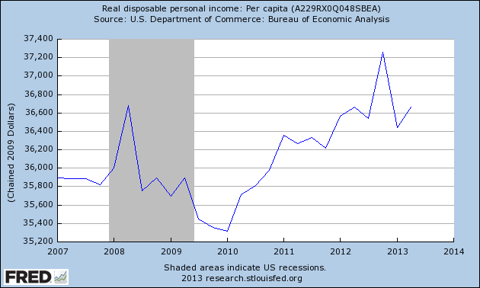
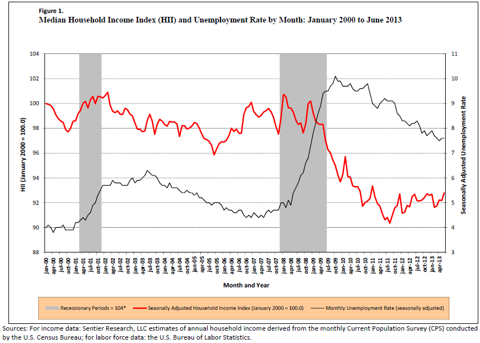
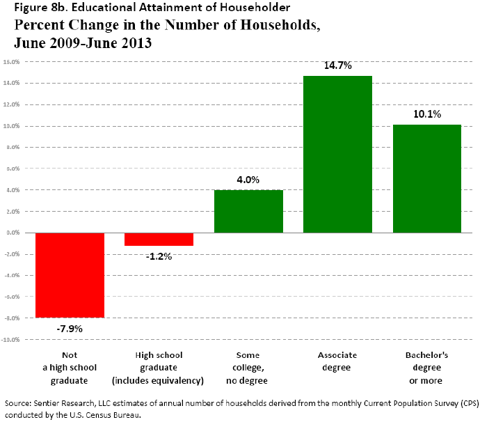
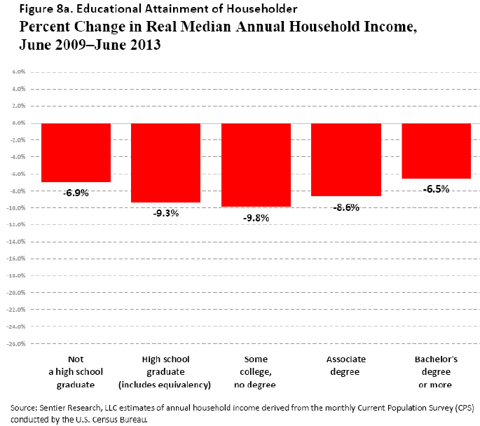
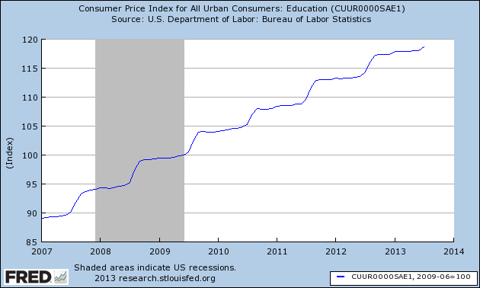


 Stem cells are the fundamental building blocks of humans. As undifferentiated cells, they have the ability to become part of a calf muscle, a neuron, cornea or anything else in the body.
Stem cells are the fundamental building blocks of humans. As undifferentiated cells, they have the ability to become part of a calf muscle, a neuron, cornea or anything else in the body.